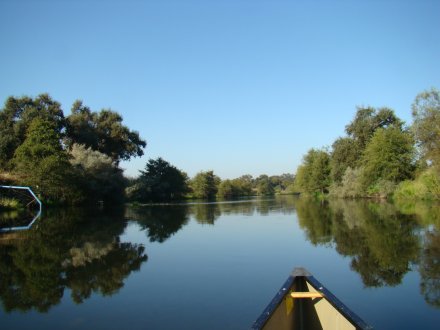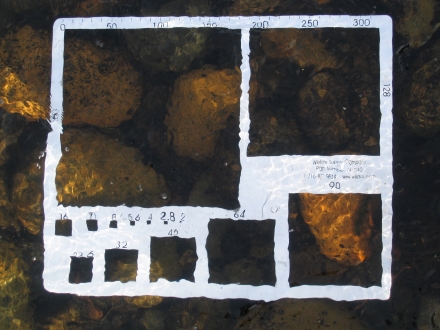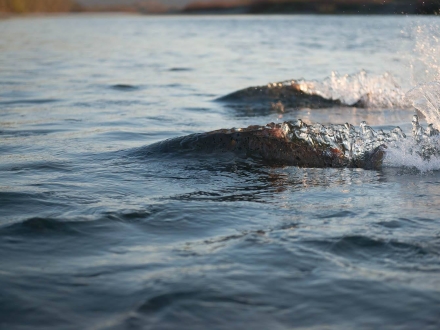Our group uses a combination of field work, computational models, and empirical data to study river processes and how humans alter them.
Research Topics

River Temperature
Climate coupled with river flow processes influence the energy balance of a river, whose temperature and thermal regimes control ecosystem function, instream primary productivity, biogeochemistry, and the growth and survival of anadromous and resident fish. Our work investigates the energy balance of rivers, the role of heat exchange between the atmosphere, the water column, and the riverbed, and the mechanisms that drive river temperature. We are using the FLUVIAL-EB model developed by Dr. Bray and collaborators - together with field measurements and climate data - to study impacts of flow releases from dams and climate on the energy balance and water temperature of rivers.

Fluvial Geomorphology
Along rivers, bedload transport causes collision and wear of sediment particles, and riverbed sediments exhibit two downstream trends: rounding in which rocks tend to get rounder, and fining where particle size decreases with distance downstream. Fluvial transport of water and sediment also leads to the generation of gravel bars and pools, sediment of a given size, and the permeability of the river's bed. Our work investigates bed morphology and sediment in gravel bed rivers and their applications to Pacific salmon habitat. We use field measurements, rock laboratory experiments, analysis, and models to understand the patterns and processes by which riverbeds and their habitats are maintained.

Hydrology
Groundwater-surface water exchange in river and floodplain environments supports a distinct aspect of the aquatic environment called the hyporheic zone. Our work investigates shallow subsurface pathways through riverbeds and banks beginning and ending at the river. We are conducting in-situ field measurements of saturated hydraulic conductivity together with simple equations and models to better understand the impacts of sediment transport, sediment permeability, and flow on patterns of hyporheic exchange, and how those patterns generate and sustain physical processes that support salmon spawning habitat. This work can also help to understand physical controls to salmon site selection within rivers at different life stages.